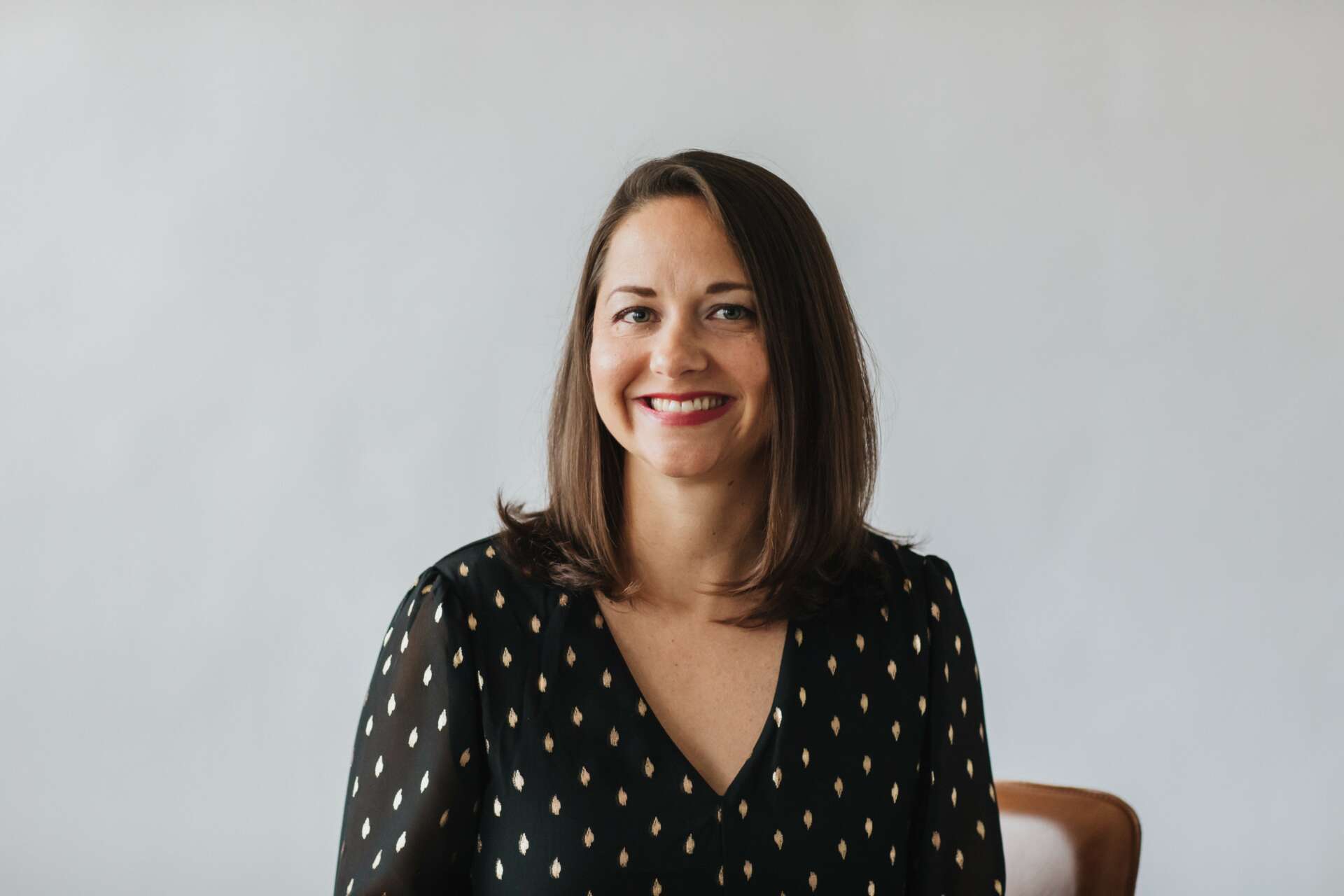We caught up with the brilliant and insightful Cady North a few weeks ago and have shared our conversation below.
Cady, looking forward to hearing all of your stories today. Let’s jump into the story of starting your own firm – what should we know?
It took taking a sabbatical from any work for me to be open to the idea of becoming an entrepreneur. I was burned out in my job and the pressure had been building for months. I had achieved a lot in my work. I was a global media company’s expert in financial regulations that had been rolling out since the 2008 financial crisis and I was about to graduate with an MBA from the prestigious Washington, D.C. university, Georgetown. But these outward successes were hiding something more sinister in my psyche. There was too much friction in the workplace, my true talents weren’t being utilized to their fullest, and I was completely stressed out from work, from school, and from life.
Soon after embarking on my sabbatical, I reluctantly learned how to “just be” without needing to achieve all the time. The experience gave me the time and space to evaluate options for starting my own successful financial planning company. But it also gave me time to envision a way of working that wasn’t so hustle-focused. It changed my life forever and I carry many of the lessons I learned along the way with me today.
I first examined the landscape of existing firms to see if there was a place I would fit in. As I met with more and more women-owned financial planning businesses I started to observe something interesting. Most of them weren’t growing much anymore. It wasn’t like they explicitly told me, “I’m not growing my business.” It was something more implicit. Each of the women I spoke with shared their stories of being a solo business owner — the different hats they have to wear from marketing, to prospecting, to administrative work and the actual client work. They also spoke of being choosy in who they work with and who they take on. This was for a good reason — they were protecting their time. They weren’t growing that much and they probably wouldn’t be able to support training me just so that they could bring on more clients and more work.
Coming from the growth-driven capitalistic corporate world where any kind of growth would be considered a great thing, and any new client would be amazing, it was eye-opening. It taught me three valuable lessons seeing and observing other people who had done it:
1. “It’s ok to be intentional and slow with building a business.”
2. “You don’t have to grow for growth’s sake, grow because you want to.”
3. “You don’t have to sacrifice time off for money. Balance is possible while making a good living.”
4. You need a good financial plan, and a business is a great way to build your personal wealth, if you treat it as an asset.
It was a little bit of a letdown, knowing that I wouldn’t “learn the ropes” under a more seasoned professional. The truth was I wanted to serve different clients than most of them anyway. I wanted to work with my peers — professionals in their 30s and 40s — while they continued their work with retirees and pre-retirees (very common in my industry).
At the same time, it gave me energy because it was confirmation I was going to have to build this on my own. I continued to use my 8-month sabbatical to rest, destress and make a plan for starting my business, North Financial, which is now 8 years old! And now I’m ready to share more of my story in my next book, The Art of the Sabbatical.


Awesome – so before we get into the rest of our questions, can you briefly introduce yourself to our readers.
I’ve always been interested in personal finance. My parents were small business owners, and I learned to balance a business checkbook at the age of 13. But my studies and life set me on a path of working in government and public policy for more than a decade before getting to help people on their money journeys one-on-one.
I advised high-level executives of Fortune 500 companies while working for industry giants such as Bloomberg and Financial Executives International. I then took the leap to start my own business helping women dream big and find financial freedom. With offices in both Washington D.C. and San Diego, I am available to meet with you if you live in either region. I also work via virtual screen sharing and video conference so we can work together no matter where you live. My book, The Resiliency Effect includes actionable advice and exercises, as well as chapters dedicated to realizing common dreams such as how to change careers, take a sabbatical, or start a business. My forthcoming book, The Art of the Sabbatical digs deep into the mindset and financial challenges and strategies you can use to have a meaningful work break.
One of the reasons I love working for myself is I can plan my own schedule and give back time to causes I appreciate. Financial literacy is one of those causes for me and I like to get involved by providing financial planning workshops to local organizations and volunteering with Savvy Ladies. I also engage in the arts as a member of the Mingei museum and by making my own pottery. This is just one example of how you can design your business to reflect your personal goals!
What’s a lesson you had to unlearn and what’s the backstory?
I tend to not even try something if I think failure is possible. I’ve been conditioned — as a woman and as someone who grew up in a fairly unstable household — that success and (over)achievement are the best ways to get my self-esteem needs met. This shows up in perfectionist traits which makes me predisposed to excess stress, over-functioning, and burnout.
I’ve experienced it several times during my career, and it often led me to make huge changes, move across the country, or switch jobs. I thought it was what I was experiencing, but in reality the common denominator was me. It seemed like I had everything together, but behind the scenes, I had too many balls in the air and I was one move away from stepping into deep anxiety or depression. I’ve had to learn to let go of perfection and overachievement even more as a business owner — that’s just not productive or helpful when you work for yourself. I’ve had to unlearn it’s bad to ask for help or rely on others. And guess what? It doesn’t diminish my light or my abilities.
I consider myself a recovering perfectionist now, only because it doesn’t quite take so long to get out of these ruts. I still experience them from time to time, but I know the signs and I know the steps to help me get out of it quicker: unstructured time, art or journaling, visiting the ocean, and dropping obligations.
–As adapted from my book The Resiliency Effect


Can you share a story from your journey that illustrates your resilience?
Before starting my financial planning firm in 2015, burned out and overworked, I left my corporate job without a real plan or timeline, just a loose idea that I wanted to pivot to working in personal finance. I liked telling people I was taking a sabbatical because for me it meant the work break was somehow “sanctioned” or serving as a bridge to whatever came next. The reality was I had just left a high paying media job and didn’t know when or where my next real paycheck would come from. I also didn’t know when or how I would get to my next thing. No matter what I would do, it felt like starting over. That’s a scary thought for anyone.
Not that they are mainstream now, but it was a time when work breaks weren’t nearly as accepted, so that brought its own fears about what others would think. During my time off, I had unstructured space to slowly explore building a business, that now eight years in, is successful and thriving. But beyond that, my sabbatical taught me to tolerate a different way of working, one that isn’t filled with daily emergencies and mini-crises. One that includes balance, days off, and time to explore creative hobbies and interests. I never would’ve predicted a break from work could give me that important perspective. I cherish the time I took, even though it was a scary and unknown experience at first.
Now, in my work as a financial planner, I’ve coached dozens of people one-on-one to help them take an extended work break. And I can tell you from experience, it’s never the finances that are the MOST fear-inducing. It’s often the intrusive, emotional thoughts that can be the most challenging. It’s very easy for us to craft an identity around the work that we do, and it takes effort to let go of that career identity, even temporarily. The benefits of work breaks are worth it.
–As adapted from my book The Art of the Sabbatical
Contact Info:
- Website: cadynorth.com
- Instagram: https://www.instagram.com/cadynorth/
- Facebook: https://www.facebook.com/cady.north/
- Linkedin: https://www.linkedin.com/in/cadynorth/
- Twitter: https://twitter.com/cadynorth
- Youtube: https://www.youtube.com/channel/UCtdzzrAmRijo8HatTC75Org
- Other: northfinancialadvisors.com
Image Credits
Stacy Keck


